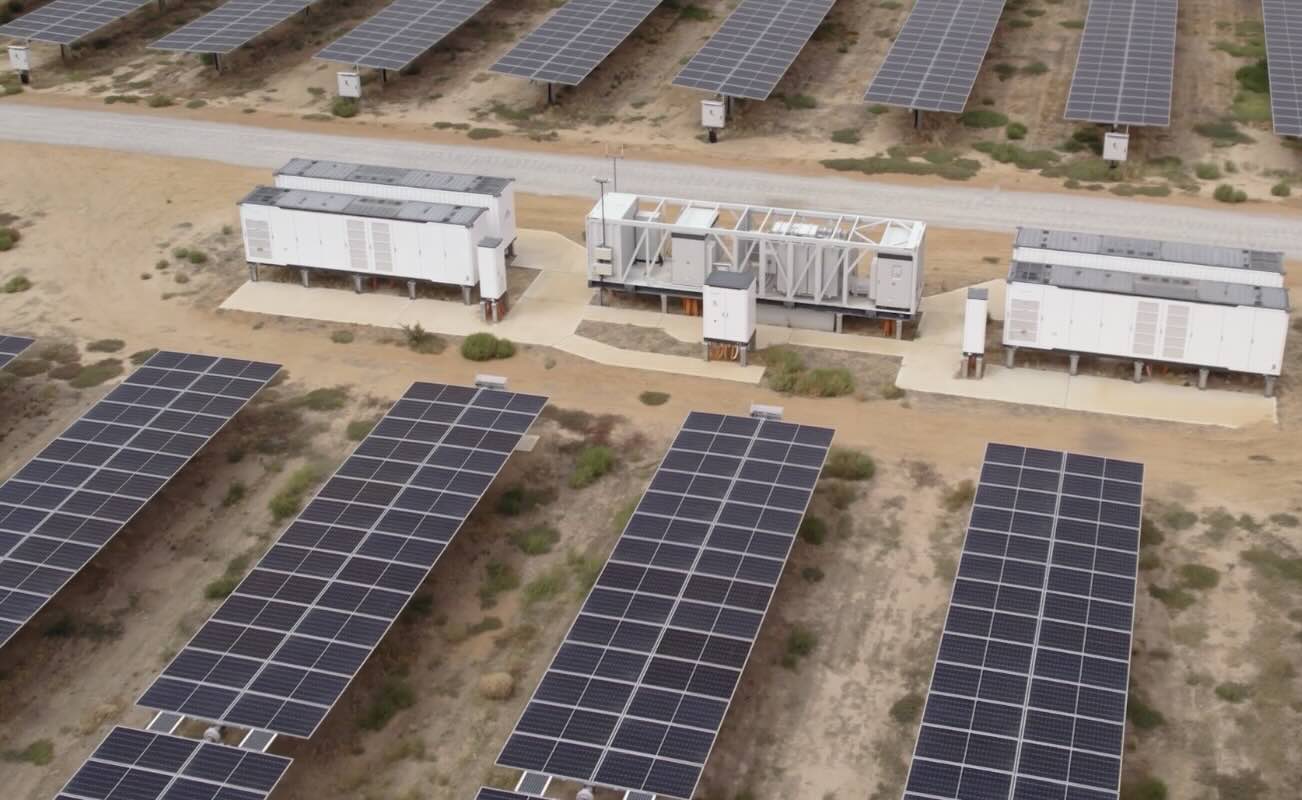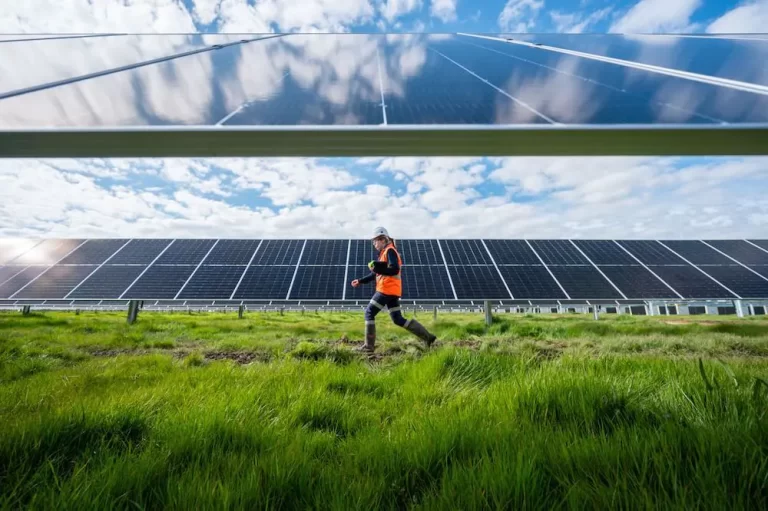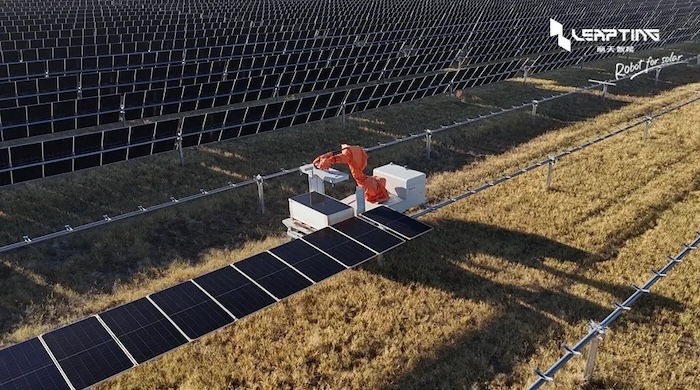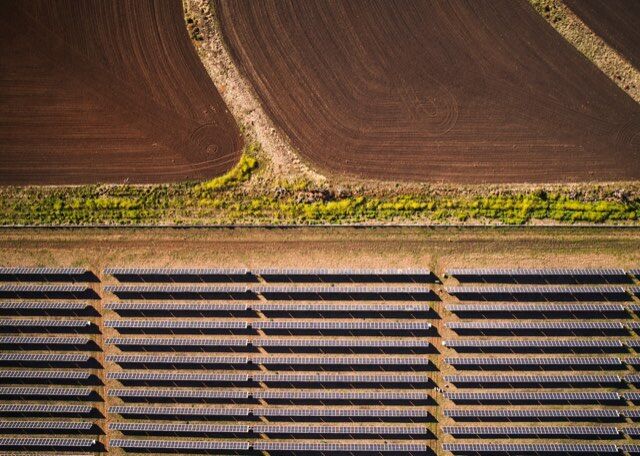Revolutionizing Solar Farm Generation in Australia
A significant shift in Australia’s energy landscape began in 2012 with the launch of the first utility-scale solar farm. Since then, solar facilities have introduced a unique generation pattern previously unseen in the grid.
On a clear day, these solar facilities exhibit a distinctive curve in their output. The generation ramps up in the morning, peaks around midday, and gradually decreases towards the evening. However, factors like passing clouds can cause fluctuations in the output. In cases of excess generation and low demand leading to negative electricity prices, solar farms may need to shut down.
Changing Generation Profiles
The Greenough River solar farm near Geraldton, Western Australia, the pioneer in this shift, has quadrupled in size since its inception. Despite its modest 40 MW capacity (compared to newer projects ten times larger), it continues to showcase the typical generation profile.
Over the past three days, the Greenough River solar farm’s output pattern has remained consistent, starting around 7 am and concluding by 5 pm.
However, the introduction of “behind the metre” or “DC-coupled batteries” is revolutionising this pattern. The Cunderdin hybrid facility, the largest DC-coupled solar battery in Australia, has completely transformed the generation profile.
Shifting Energy Dynamics
Unlike traditional solar farms that immediately feed all generated power into the grid, Cunderdin now has the capability to store excess energy for peak hours. This results in a steady output during the evening peak hours from 5.30 to 9.30 pm, resembling a “baseload” output.
Owned by GPG, the Cunderdin project has adapted to a short-term contract with the Australian Energy Market Operator, necessitating power delivery during specific hours.
While other batteries focus on absorbing rooftop solar during the day and redistributing it in the evening, Cunderdin utilises its own solar output efficiently.
The Cunderdin facility comprises a 128 MW solar farm paired with a “DC-coupled” 55 MW/220 MWh battery, consistently contributing around 44-45 MW to the grid during crucial evening periods.
Although Cunderdin leads the way in this transition, similar projects are on the horizon. The Fulham facility, featuring 88 MW of solar capacity and 120 MWh of battery storage, is currently under construction, along with other projects mandated by state and federal governments.
Furthermore, wind farms like the Pottinger hub in NSW are integrating batteries at connection points to enhance energy storage and distribution efficiency.
These AC-coupled and DC-coupled systems play a vital role in balancing energy supply and demand, ensuring surplus energy is stored and utilised during peak periods, ultimately enhancing grid stability and reliability.

26-768x472.jpg)




64-768x496.jpg)